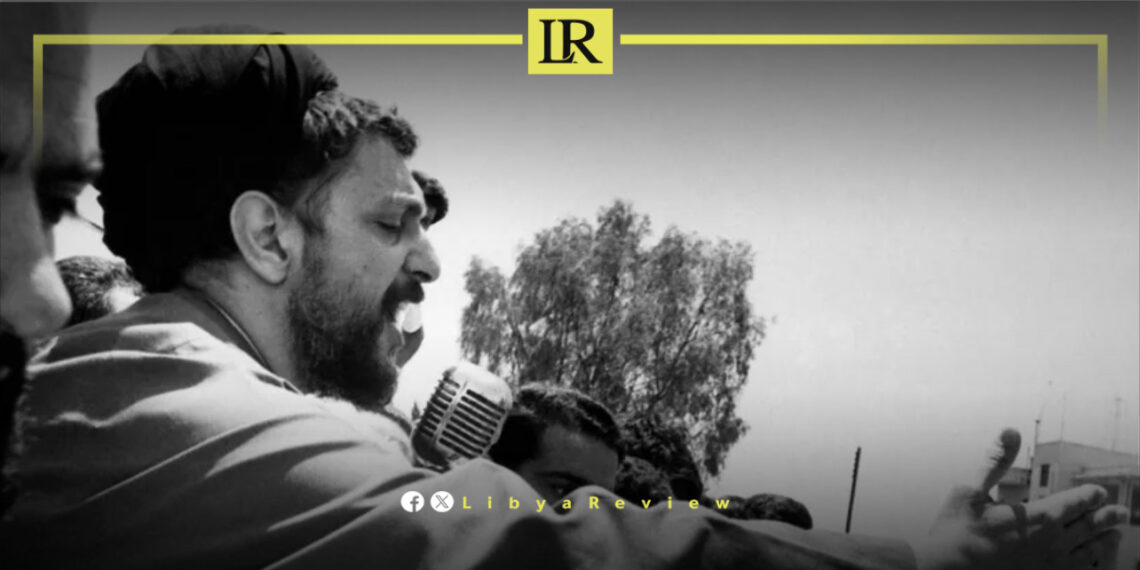The disappearance of Imam Musa al-Sadr in Libya in 1978 remains one of the Middle East’s most enduring mysteries. Nearly half a century later, a BBC investigation has reignited the debate with the release of a morgue photograph that may finally provide evidence of his fate.
Al-Sadr, a towering figure both literally, at 1.98 meters tall, and politically, vanished during an official visit to Tripoli at the invitation of Colonel Muammar Gaddafi. On August 31, 1978, he was last seen leaving his hotel in a Libyan government vehicle. Authorities later claimed he had boarded a flight to Rome, a story disproven by Italian investigations. His disappearance became the subject of endless conspiracy theories, from secret imprisonment to assassination.
The new lead comes from a photograph taken in 2011, during Libya’s uprising, by journalist Qassem Hamadeh inside a refrigerated morgue that held 17 preserved bodies. One corpse stood out for its unusual height and facial features resembling al-Sadr.
The image was recently analyzed by specialists at the University of Bradford using advanced facial recognition software. The results, scoring in the 60s on a scale of 100, indicate a “high probability” that the body could be al-Sadr or a close relative.
The analysis adds weight to long-standing claims that al-Sadr was executed in Libya. The skull in the morgue photo showed damage consistent with violent death. Former Libyan Justice Minister Mustafa Abdel Jalil admitted in 2011 that documents had been falsified to claim al-Sadr traveled to Italy, while in reality he was killed in a Libyan prison.
Why he was silenced remains disputed. Some experts argue Gaddafi acted under pressure from hardline elements in Iran, who feared al-Sadr’s moderate influence might derail their revolutionary ambitions. Others believe the Libyan regime itself saw his activism and charisma as a threat.
For Lebanon’s Shiite community, al-Sadr’s disappearance has taken on near-mythical proportions, echoing the Shiite belief in the “hidden Imam” who will one day return to bring justice. For the region, his absence reshaped political and religious dynamics at a critical historical moment.
The BBC investigation stops short of delivering final proof, but it brings the world closer than ever to solving a mystery that has haunted Libya, Lebanon, and Iran for 47 years. Whether the morgue photo is the answer—or just another chapter in the legend—remains uncertain.


